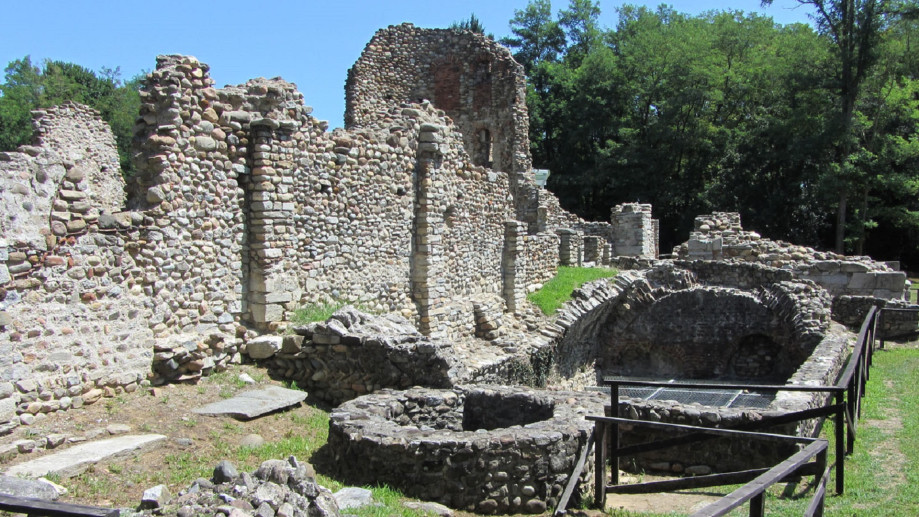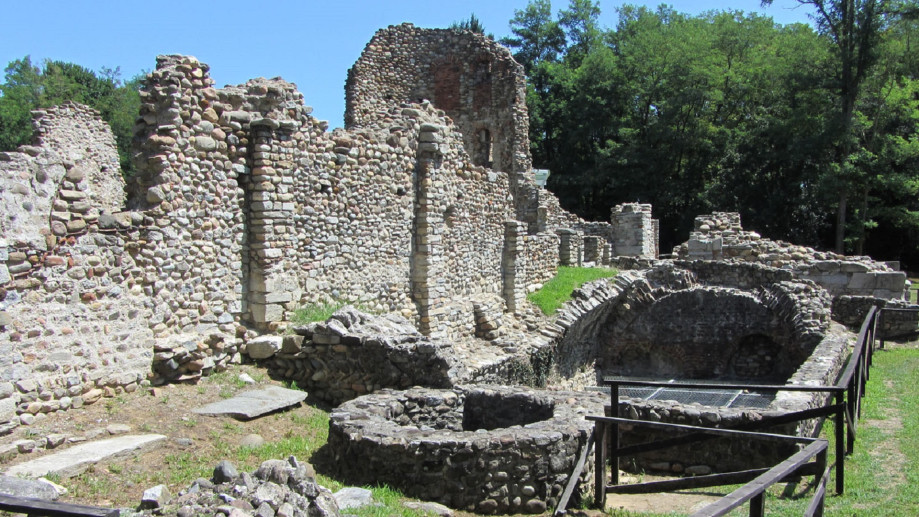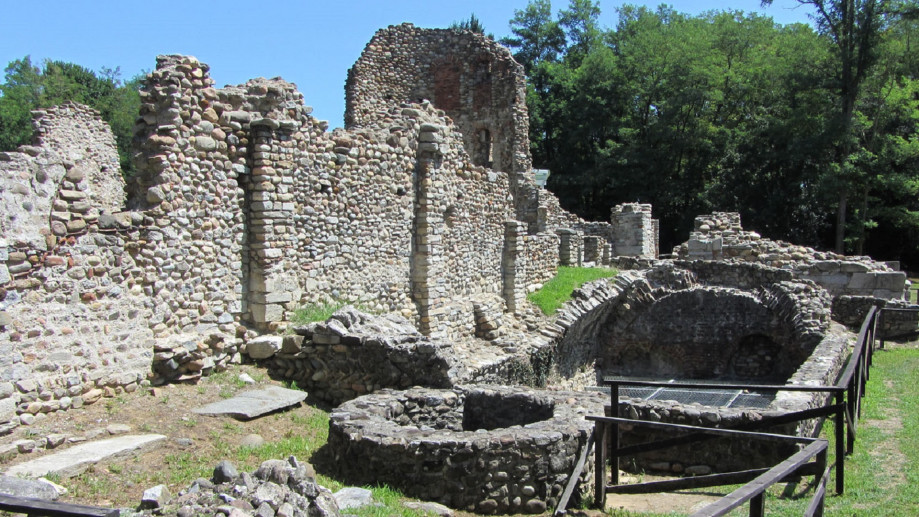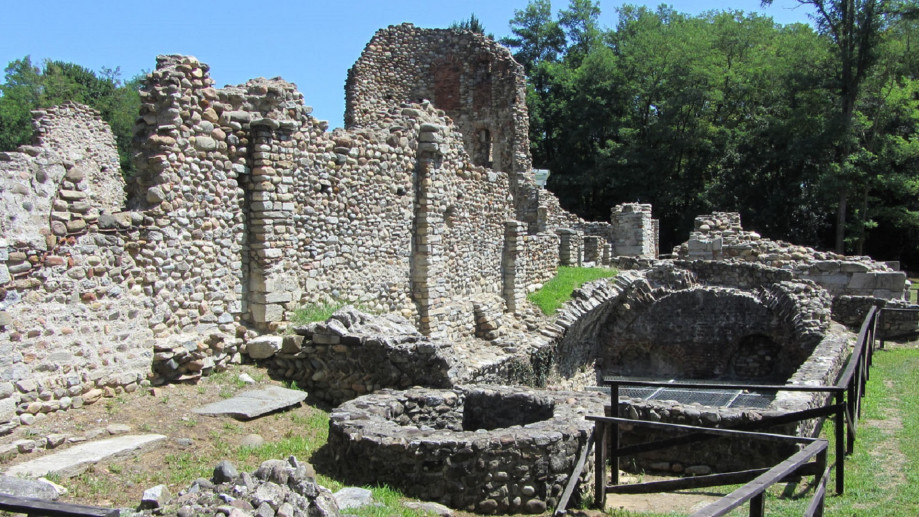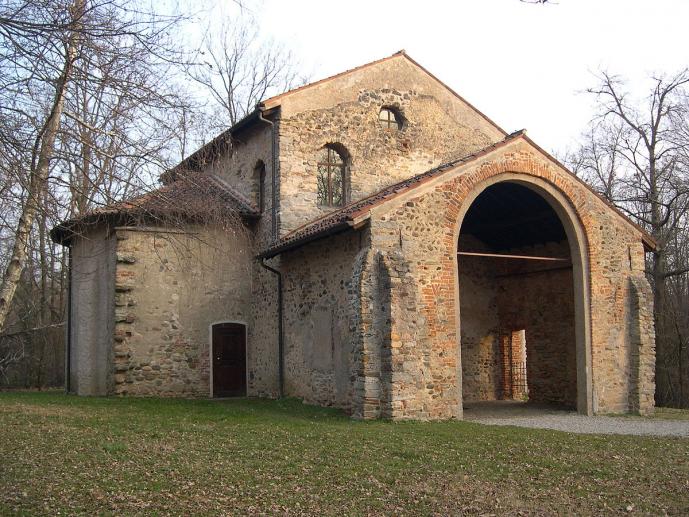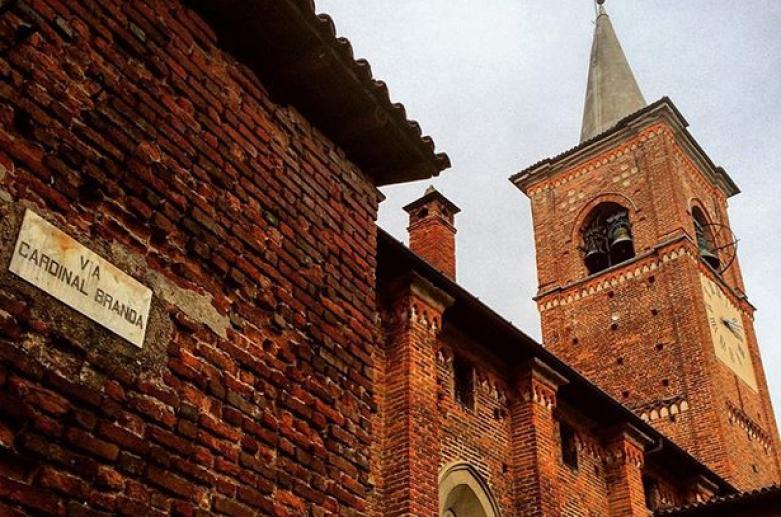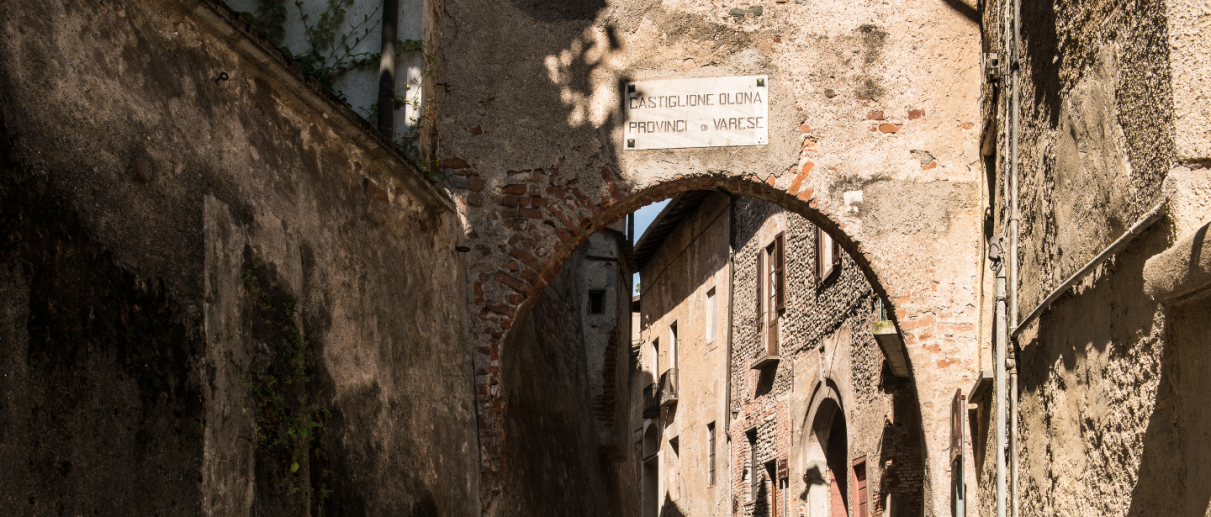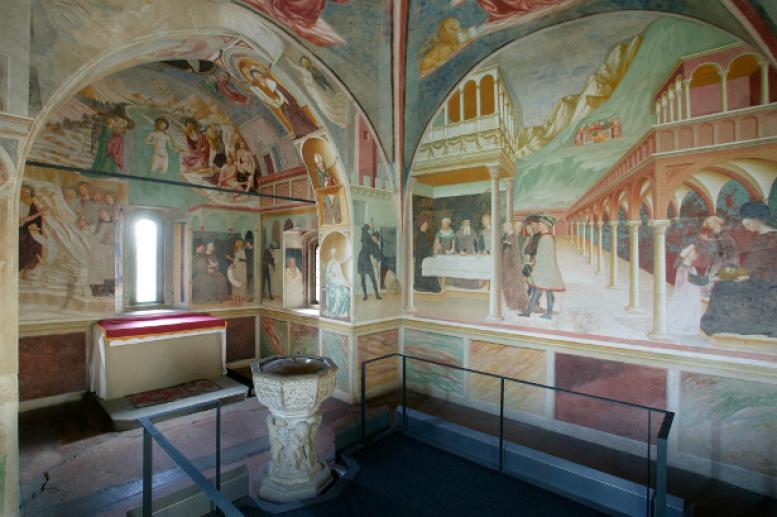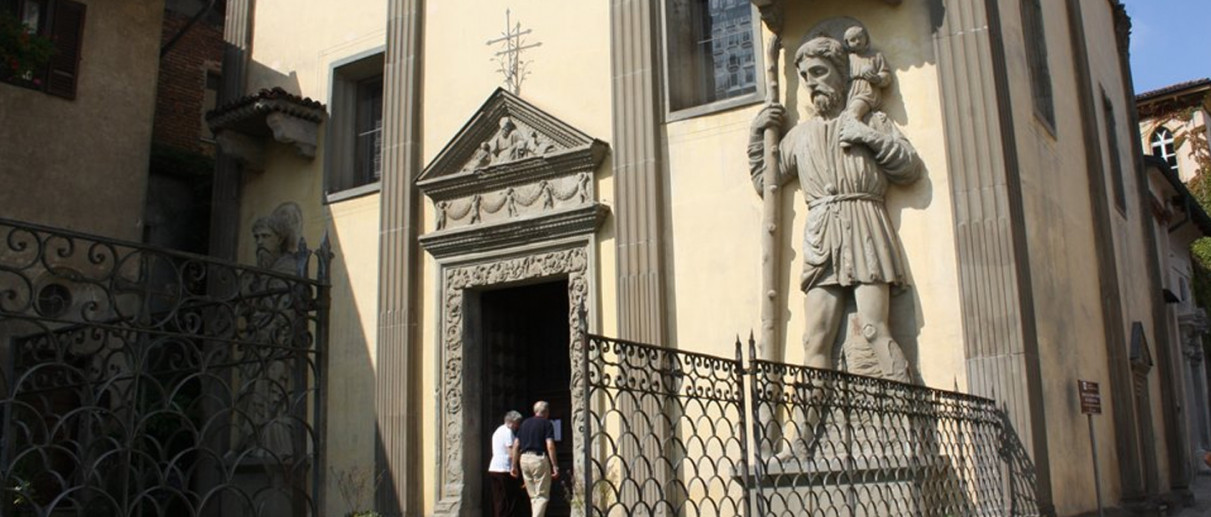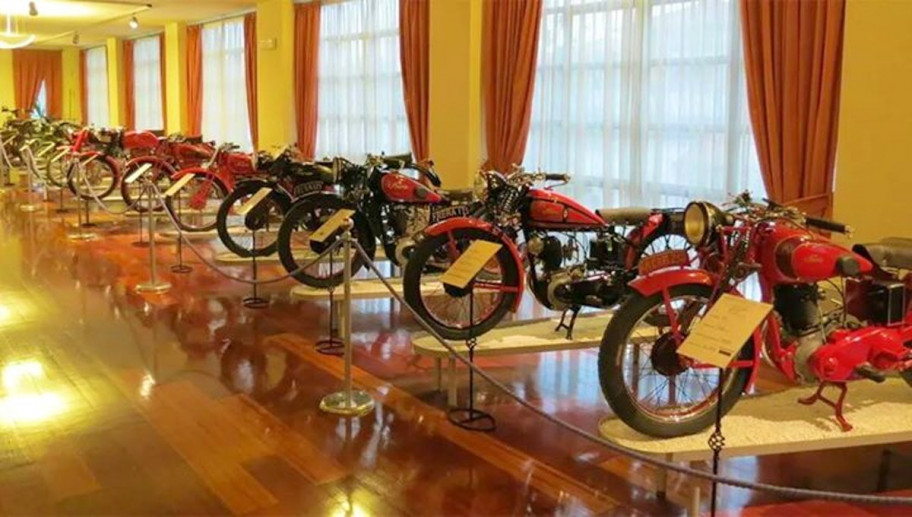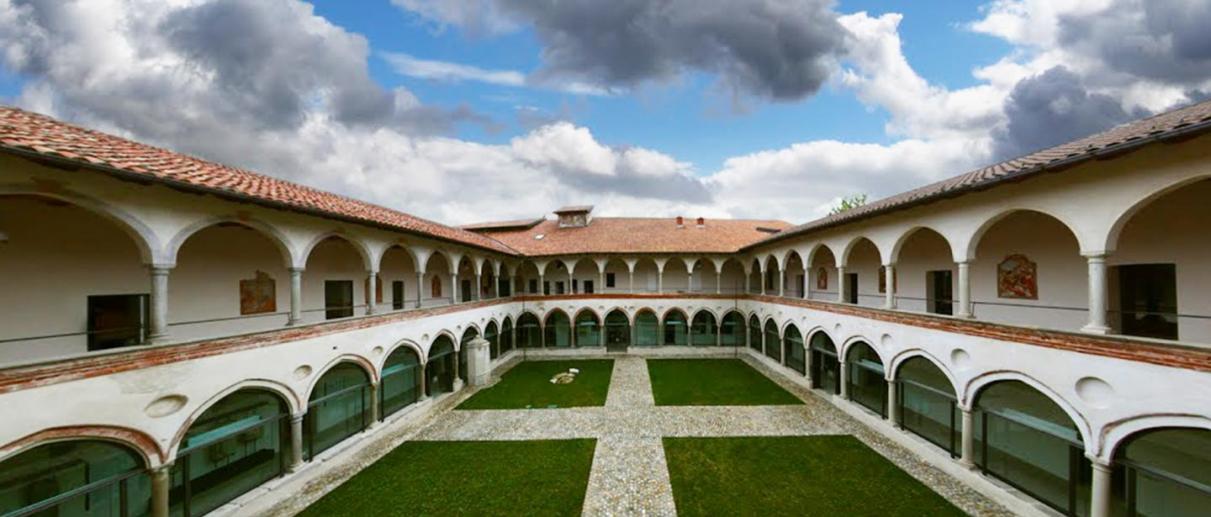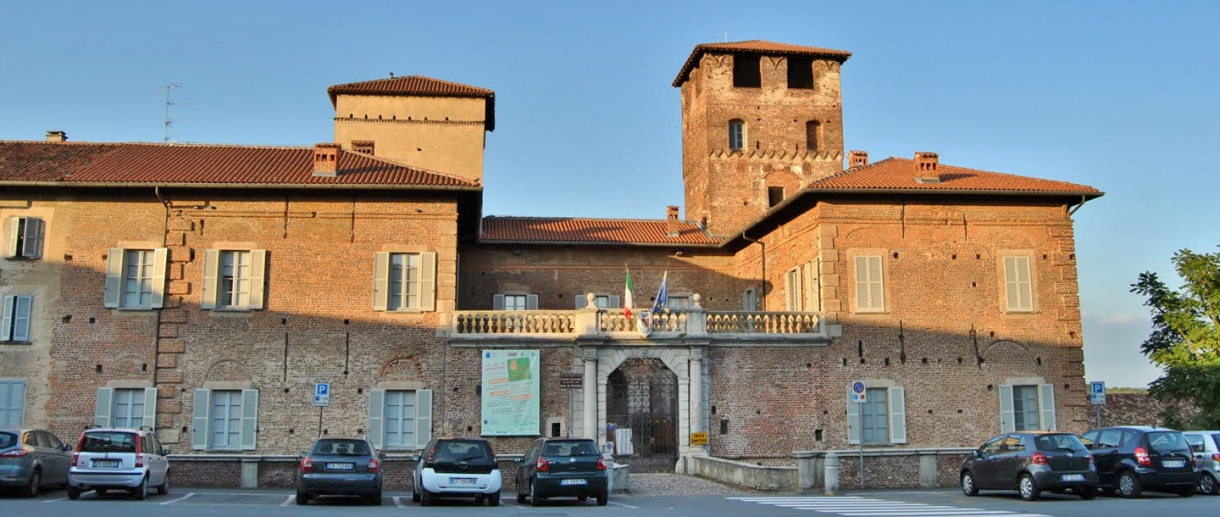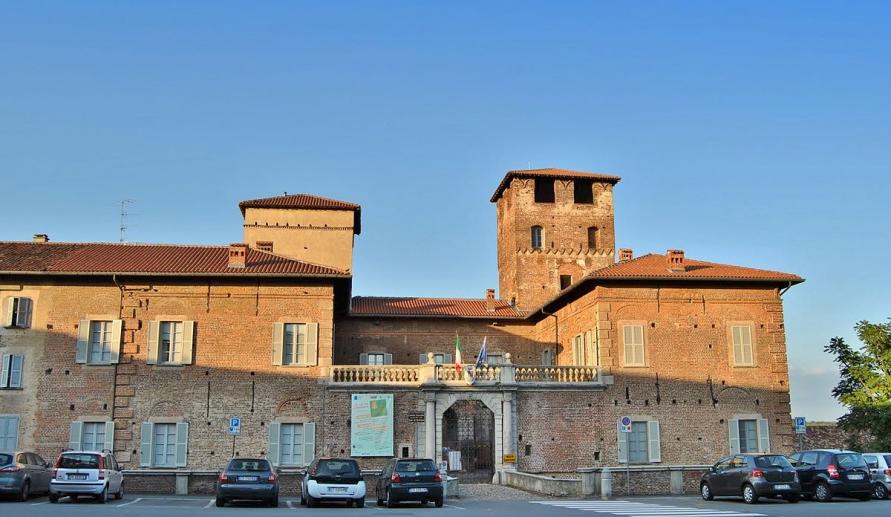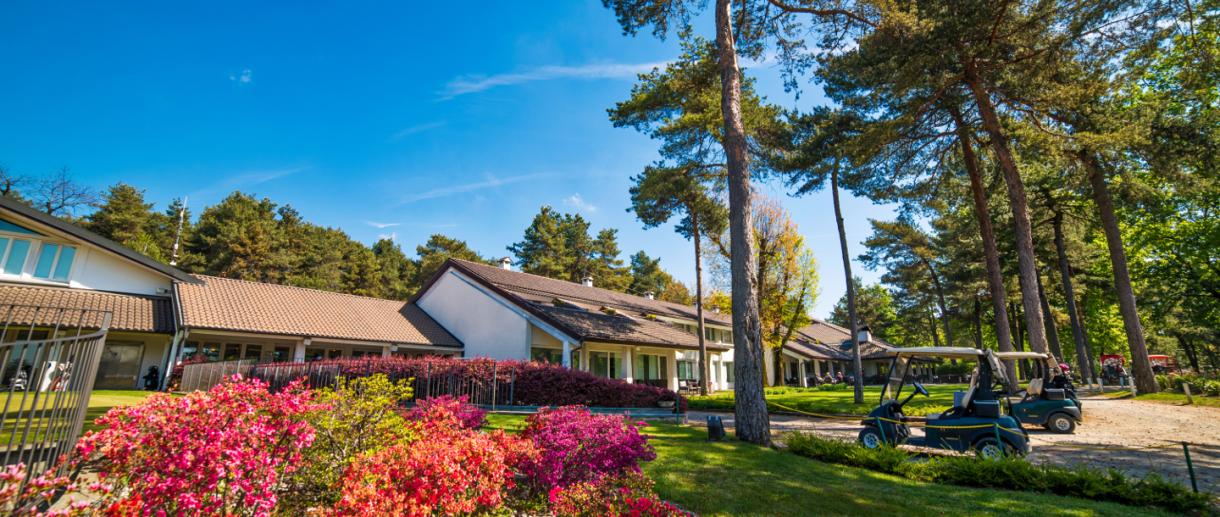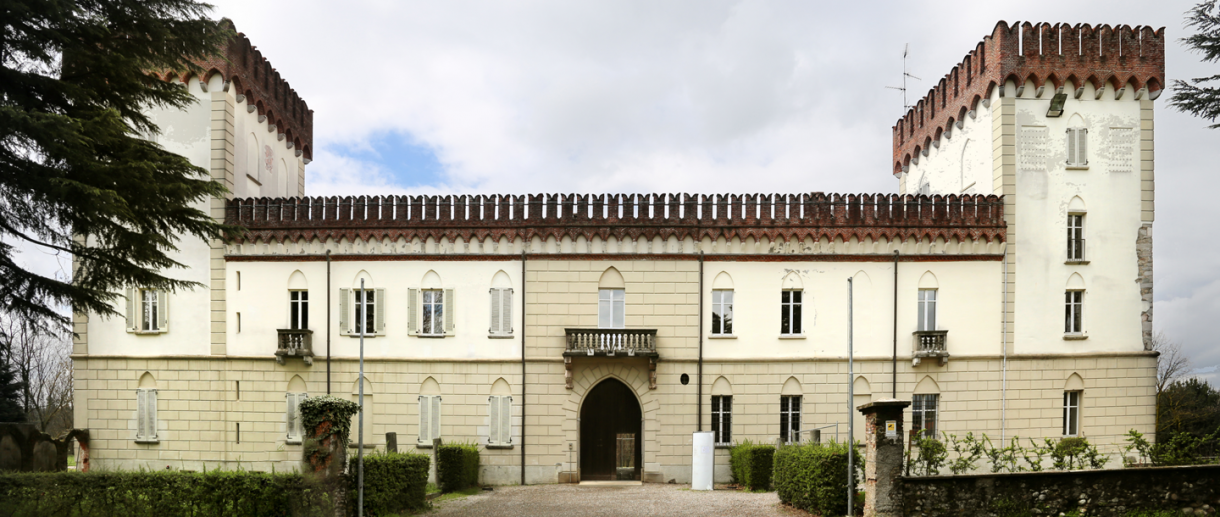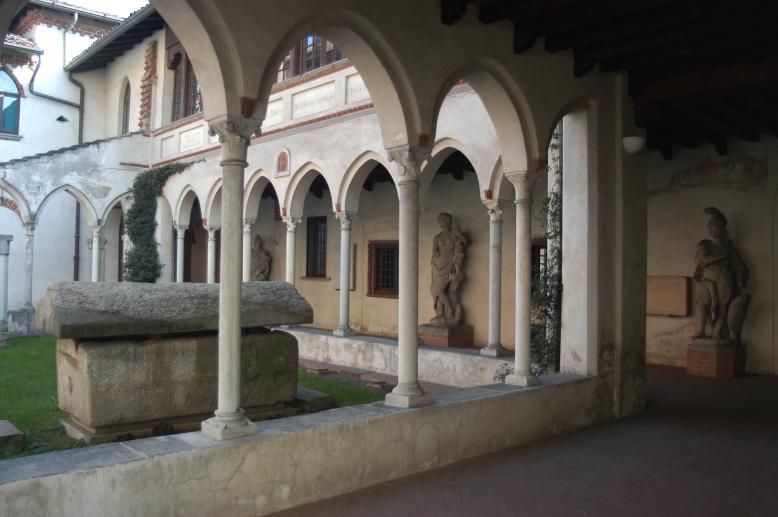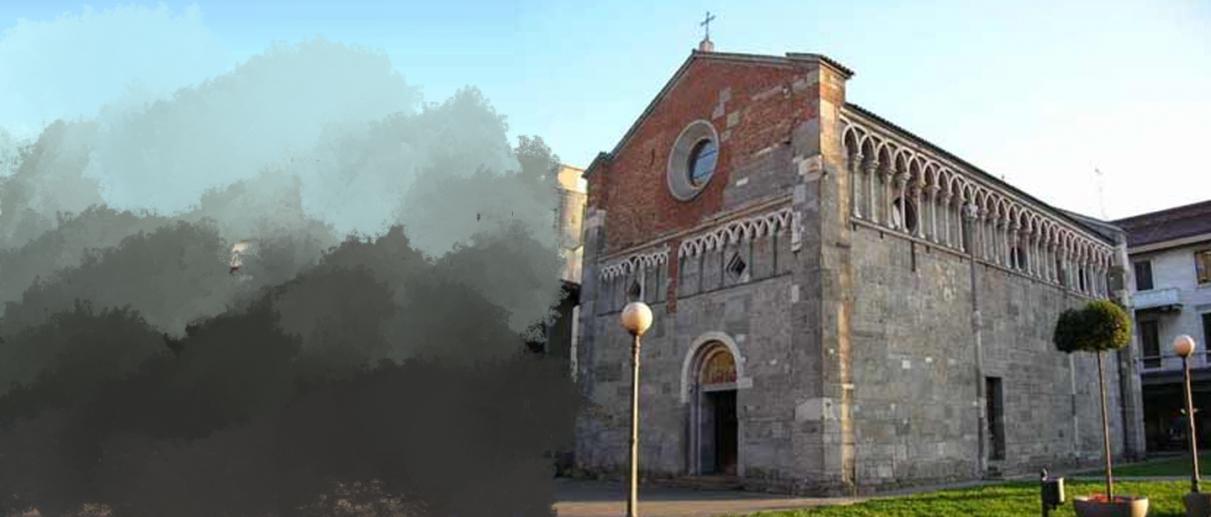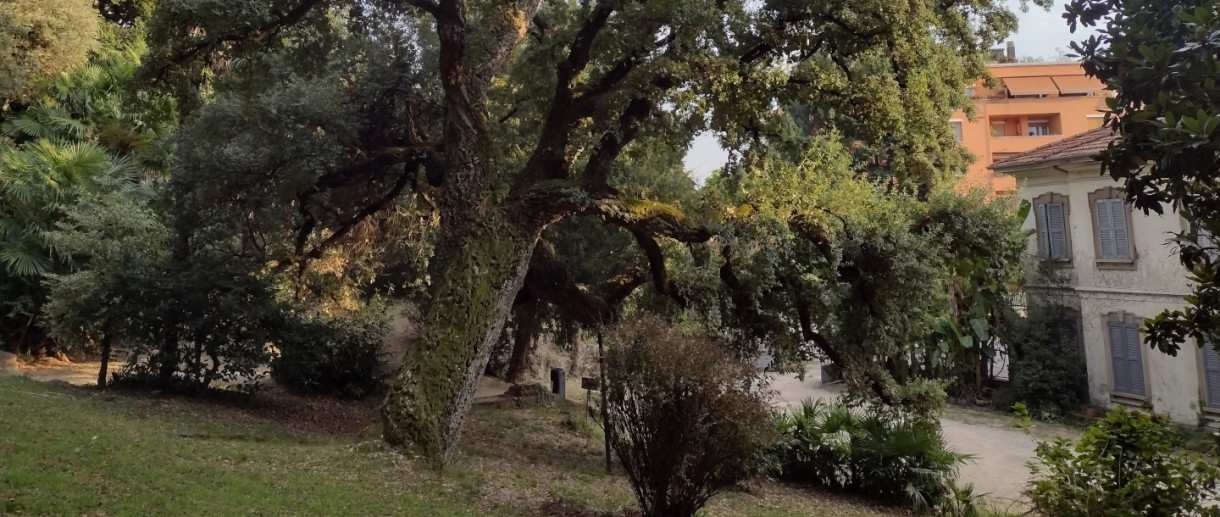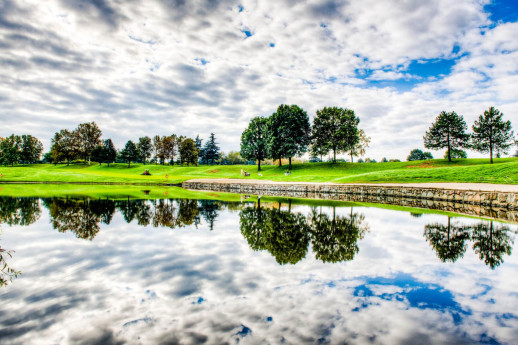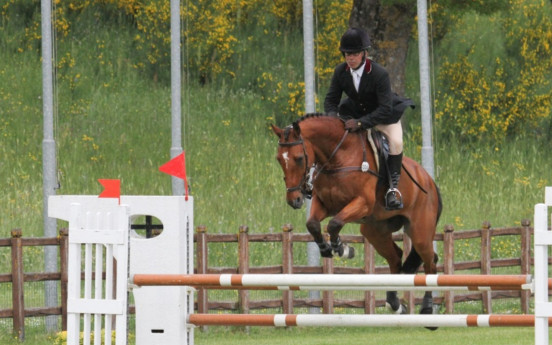- Unesco Sites
- Religious Tourism
- Art & Culture
Monastero di torba
The splendid religious architecture stands on the slopes of the hill where the Archaeological Park of Castelseprio is located
The place that would go on to become the Monastery of Torba, immersed in the lush woodlands of Varese at the foot of the Castelseprio archaeological site, started life in the late-Roman era (around the 5th century A.D.) as a military outpost.
It subsequently passed into the hands of the Goths and the Longobards, before becoming a monastic seat – a place of prayer and work for Benedictine nuns.
As was the case at almost all Benedictine monasteries, the complex at Castelseprio offered shelter to pilgrims and travellers. In 1453, it was abandoned by the Longobard monks and then converted into a rural farmstead.
The Torba complex is formed by a range of different elements that bear witness to its rich history. The main tower, dating from the 5th and 6th centuries, is an important example of military architecture: the buttresses and masonry are less imposing the higher up the structure you go, becoming architectural forms rather than supporting structures.
Internally, the first and second floors, which were once used respectively as the burial chamber and the oratory, play host to a number of rare and highly significant 9th-century frescos.
The building that once housed the nuns' cells and the meeting rooms opens out onto the courtyard, with its triplearched portico, which was altered when the complex was used as a farmstead to create new residential spaces, before being restored in 1977.
Another fundamental element is the small monastery church, which dates mostly from the 11th century, with the exception of the 8th-century crypt and the 13th-century apse, with its vibrant motif of alternate bands of pebbles and bricks and its highly refined rounded arches.
The interior has a single atrium, with wooden-trussed roof and plastered walls. Thanks to a painstaking restoration process, the atrium has retained its original simplicity of form, so typical of medieval monastic churches.
